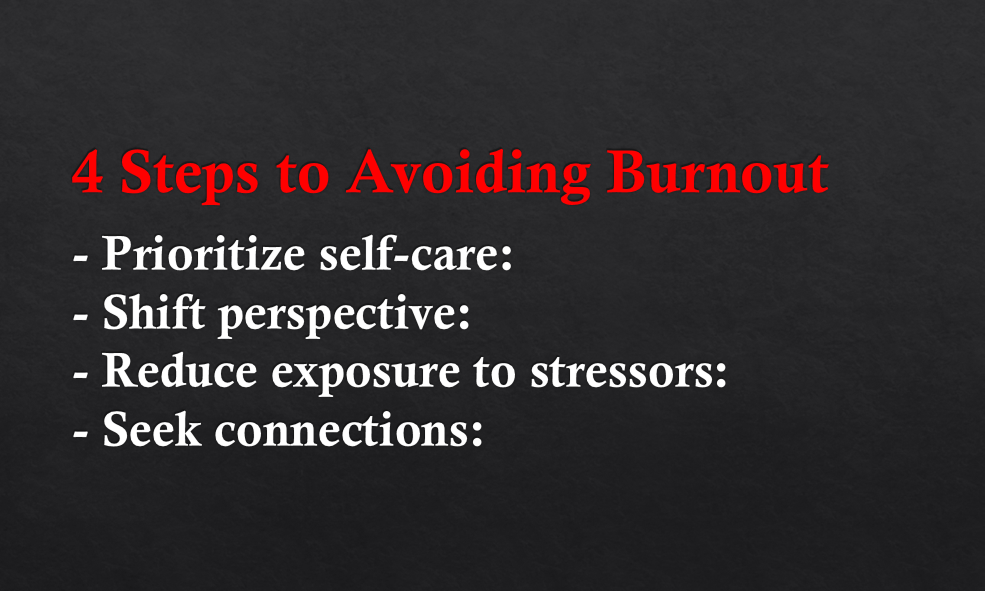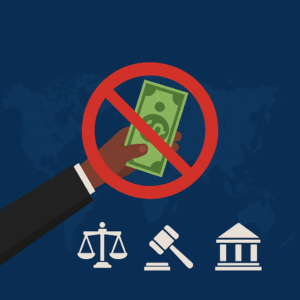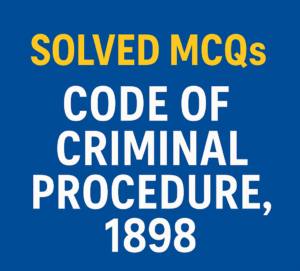In the crucible of managerial responsibilities, the weight of heavy workloads and relentless deadlines is an undeniable reality. Who among us hasn’t experienced moments of feeling overwhelmed or stretched to the limit? However, when the ceaseless pressure of work drives you into the abyss of burnout, it becomes a dire issue, impacting not only your own performance and well-being but also that of your team and organization.
While concrete data on the prevalence of burnout remains elusive due to its integration with stress, the scope of its impact cannot be underestimated. While some researchers suggest that only a meager 7% of professionals are significantly affected, alarming statistics reveal rates as high as 50% among medical residents and a staggering 85% among financial professionals. A 2013 ComPsych survey of over 5,100 North American workers found that a whopping 62% experienced elevated levels of stress, loss of control, and extreme fatigue. Moreover, research consistently links burnout to a plethora of adverse physical and mental health outcomes, including but not limited to coronary artery disease, hypertension, sleep disturbances, depression, and anxiety, as well as heightened alcohol and drug consumption. Furthermore, burnout corrodes one’s sense of purpose and belonging, erodes the quality of relationships, and undermines long-term career prospects.
Consider the narrative of Barbara (surname withheld), CEO of a PR firm catering to technology clients. Amidst the 2001 dot-com bubble collapse, the challenge of sustaining her business exacerbated an already intense workload. Immersed in an “unyielding hustle,” she neglected her health, lost perspective, and began questioning her own capabilities. Cheryl (pseudonym), a partner in a global law firm’s Philadelphia office, encountered a similar predicament when she took on multiple leadership roles alongside managing her full-time legal practice. Feeling as though her body operated on perpetual adrenaline, she found herself sprinting through a marathon, unable to mentally disengage from work. Another executive, known here as Ari, found himself ensnared in his role as a consultant at a boutique firm, where toxic internal dynamics and conflicting client practices corroded his self-concept to the point of existential despair.
The Three Components of Burnout
Thanks to the groundbreaking research of psychologist Christina Maslach and her colleagues, we have identified burnout as a three-component syndrome that emerges in response to chronic stressors in the workplace. Let’s delve into each symptom—exhaustion, cynicism, and inefficacy—individually.
· Exhaustion:
Exhaustion serves as the central symptom of burnout, encompassing profound physical, cognitive, and emotional fatigue that undermines individuals’ ability to work effectively and maintain a positive outlook. This exhaustion can arise from various factors such as the relentless demands of an always-on, 24/7 organizational culture, intense time pressures, or an overwhelming workload, particularly when one lacks control over their tasks, dislikes them, or lacks the necessary skills to accomplish them. In a state of exhaustion, concentration becomes difficult, routine tasks feel burdensome, and the overall work environment becomes challenging to navigate. Cheryl’s experience illustrates this well—her depleted energy reserves were not being adequately replenished.
· Cynicism:
Cynicism, also known as depersonalization, signifies a disengagement from one’s work, resulting in psychological detachment. Rather than feeling invested in assignments, projects, colleagues, or clients, individuals experiencing cynicism tend to adopt a negative and sometimes callous attitude. This detachment can arise from factors such as work overload, high conflict, unfairness, or exclusion from decision-making processes. For instance, Ari’s persistent cynicism stemmed from the ongoing conflict with his superiors, which impacted his behavior and communication. Persistent cynicism serves as a signal that one has lost their connection to, enjoyment of, and pride in their work.
· Inefficacy:
Inefficacy refers to feelings of incompetence and a sense of diminished achievement and productivity. Individuals experiencing inefficacy worry about their ability to succeed in certain situations or accomplish tasks. It often develops alongside exhaustion and cynicism, as individuals struggle to perform at their peak due to depleted energy and a disengaged mindset. For example, Barbara, despite her extensive experience in PR, began questioning her ability to serve clients and maintain a thriving business amidst the stress of the dot-com crisis and resulting fatigue. Inefficacy can also stem from a lack of resources and support, including adequate time, information, clear expectations, autonomy, and positive relationships with colleagues. The absence of feedback and recognition further exacerbates this component. Ari’s experience highlights this—his perception of inadequate support from his organization led to feelings of incompetence and a subpar performance.
While each component is interconnected, individuals may exhibit distinct burnout profiles. Michael Leiter’s research emphasizes this variability, illustrating that some individuals may primarily experience exhaustion, while others may be predominantly cynical or struggle with inefficacy. Recognizing one’s specific burnout profile is crucial for implementing targeted prevention and recovery strategies, tailored to address the areas of greatest need.
Addressing the Root Causes
Cynicism, or depersonalization, marks a disengagement from work, a distancing from assignments, colleagues, clients, and collaborators. It arises from a confluence of factors including work overload, interpersonal conflict, unfairness, and exclusion from decision-making processes. For example, Ari’s persistent cynicism stemmed from a clash with organizational values and an ongoing struggle with authority figures.
Inefficacy, the sense of incompetence and diminished productivity, often accompanies exhaustion and cynicism, resulting in doubts about one’s abilities and prospects for success. It can emerge from inadequate resources, lack of support, ambiguous expectations, and absence of feedback or recognition. For Barbara, the stress of the dot-com crisis and ensuing fatigue triggered self-doubt about her professional capabilities.
While each component is interconnected, individuals exhibit distinct burnout profiles. Recognizing your unique profile is crucial for devising targeted interventions.
Recovery and Resilience Strategies
While situational factors contribute significantly to burnout, individual agency plays a pivotal role in mitigating its impact. Here are some strategies to fortify resilience and foster recovery:
· Prioritize self-care:
Replenish physical and emotional reserves through adequate sleep, nutrition, exercise, social connections, and mindfulness practices. Barbara’s proactive approach to self-care, incorporating flexible work arrangements and boundary setting, propelled her recovery journey.
· Shift perspective:
Challenge entrenched mindsets and assumptions, seeking opportunities to reframe challenges as opportunities for growth and adaptation. Cheryl’s shift from a scarcity to abundance mindset empowered her to set boundaries and prioritize joy.
· Reduce exposure to stressors:
Identify and minimize triggers of stress through boundary-setting, delegation, and assertive communication. Barbara and Cheryl both learned to discern between genuine crises and perceived emergencies, empowering them to set realistic boundaries.
· Seek connections:
Cultivate supportive relationships and seek mentorship opportunities to bolster resilience and foster personal growth. Ari’s transition to entrepreneurship was facilitated by a supportive network of collaborators who shared his values and vision.
Conclusion
Burnout may seem insurmountable, but it serves as a harbinger of transformation rather than a permanent state. By understanding its symptoms, addressing root causes, and implementing proactive strategies, you can chart a course towards recovery and resilience, forging a path to sustainable career fulfillment and holistic well-being.
Read Also:
- Create a More Productive Workspace? Use the ‘5S’ Method
- 12 Pieces of Advice for Life’s Most Difficult Challenge: Love Your Enemy
- Video Games That Changed the Industry Forever
📍 SEO & Content Strategist | Expert in Current Affairs, History, Geography & Education Blogs | Digital Marketing Specialist
Muhammad Talha Mehmood is a seasoned digital marketing specialist, SEO expert, and content strategist with over six years of experience in creating high-impact, research-driven content. As the driving force behind Globaleak.com, he delivers in-depth articles on current affairs, history, geography, and education, helping readers stay informed with accurate, well-researched insights.
🔹 Expertise & Achievements:
✔ SEO & Content Strategy: Specializes in creating authoritative, high-ranking content that aligns with Google’s EEAT guidelines.
✔ Research & Analysis: Covers historical events, geopolitical trends, and educational topics with in-depth research and expert insights.
✔ Proven Track Record: Has successfully worked with global clients, delivering content that enhances brand trust, audience engagement, and search rankings.
✔ Academic Excellence: Holds an MBA in Marketing from IBA, University of the Punjab, and a B.Com (Hons) from Hailey College of Commerce.
✔ Industry Experience: Started his career with Packages Limited, trained under PITB’s E-Rozgar Program, and later became a Team Leader & Trainer at Emenac Group of Companies.
🚀 Passionate about creating impactful content, Muhammad Talha ensures every article is insightful, engaging, and value-driven.
📧 Email: talhamehmood34@gmail.com
🔗 LinkedIn: linkedin.com/in/talhamehmood-34










